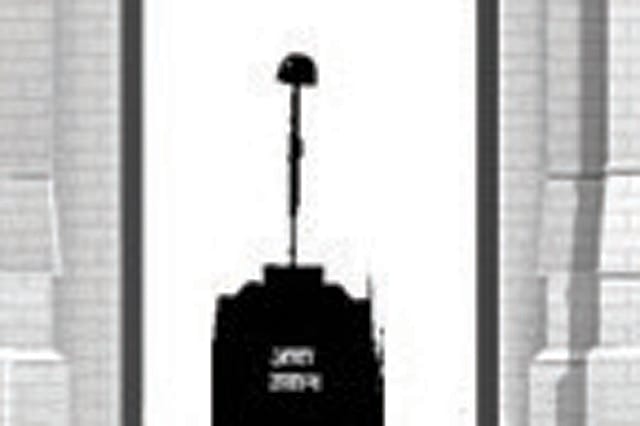Rahul Gandhi on Yatra 2.0

QUESTION: HOW MANY Yatras would it take for Rahul Gandhi to shed his much-mocked persona and emerge as a viable leader in his own right? Answer: On present reckoning, an infinite number.
For, neither the yatri nor his message engages the ordinary people. Flogging the metaphorical "Mohabbat Ki Dukan" does not go down well when all that he does is spew expletive-ridden venom against Modi. People can see through a desperate intent to demonise the prime minister in the vain hope that it would help revive his fortunes. But by so doing, he forces them to compare Modi with himself. And, as a result, it comes up quite short. Little do his backroom handlers realise that sending their subject on high-exposure motorised journeys through parts of the country inevitably causes voters to compare and contrast Rahul with Modi.
But isn't it exactly what BJP wants? The outcome of any contest between the two is a no-brainer. Sending out Rahul on Yatra 2.0 at a time when the dotted I.N.D.I.A. alliance was struggling for some much-needed coherence was a dumb idea. Unless, of course, the intention was to keep Rahul front-and-centre of the opposition campaign regardless of what others in the dotted grouping may want. Mamata Banerjee and Arvind Kejriwal can take a hike. For the lead party in the anti-Modi bloc, there can be no compromise on Rahul's top billing.
Meanwhile, JD(U) President and Bihar Chief Minister Nitish Kumar is sulking. The self-styled sutradhar of the opposition alliance found his ambition thwarted when there was no consensus on his appointment as its convenor. Leaders of two key constituents, apparently, nixed his name. Mallikarjun Kharge as convenor was unthreatening. His party wouldn't project him as prime ministerial candidate. Some in Nitish's tiny little JD(U) were already making noises to make him prime minister. What do they say, if wishes were horses…
ADVERSITY MAKES strange bedfellows. The lifetime Aam Aadmi Party (AAP) convenor and Delhi Chief Minister Kejriwal is bending over backward for seat-sharing with Congress. With a number of his partymen in jail in connection with the Delhi excise scam, and him evading the Directorate of Enforcement (ED) summons, he is desperate for an alliance with the same party abusing which in the strongest possible terms he rose to power. On the other hand, there is resistance in Congress against accommodating Kejriwal, given his slippery nature. They fear teaming up with AAP will benefit it more since it is the dominant party in Delhi and Punjab. As for seat-sharing in Himachal Pradesh, Gujarat, and Goa, it can only help AAP expand at the cost of Congress. Meanwhile, full-page ads in Goa dailies hail the wonders wrought by the AAP government in Punjab. The people in Punjab who pay for these ads may not be aware of all the good things the Bhagwant Mann government claims to have done for them. All said and done, AAP is all about self-glorification at taxpayers' cost. A recent RTI reply revealed Mann's motorcade is 44-vehicle strong; his wife's nearly matches his. In comparison, the AAP supremo in Delhi plies with slightly fewer vehicles.
SOME TIME AGO, the Chief Justice of India (CJI) DY Chandrachud lamented that retired judges monopolise the arbitration space. Like an old boys' club, they keep all others out of arbitration work. Vice President Jagdeep Dhankhar, a lawyer by profession, endorsed the CJI, adding that there was no diversity in the appointment of arbitrators. What the two dignitaries did not disclose was that retired judges as arbitrators make a huge killing, their income growing manifold from arbitration work. Generally, a retired Supreme Court judge ends up making double or triple his last pay drawn in just a day's sitting fees. Arbitrators are known to have charged double sitting fees, one for the pre- and another for the post-lunch session, on the same day. In addition, disputant parties are obliged to pay their personal aides substantial sums for each sitting. Arbitration, too, can linger for very long. Another lucrative income stream is furnishing opinions to private parties in disputed matters. Invariably, the principle that the one who pays the piper calls the tune applies here as well. Not long ago, in a corporate arbitration in New York, the opposite parties furnished the opinions of two retired CJIs, each expressing opinion in favour of his client. What sanctity such an opinion would have had can be easily imagined.
